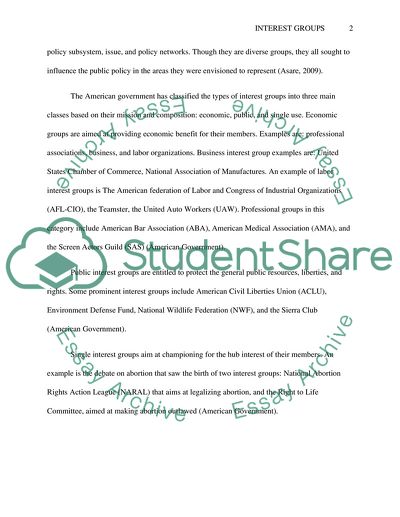Cite this document
(“Interest Groups and their Influence on the Making of Public Policy Research Paper”, n.d.)
Interest Groups and their Influence on the Making of Public Policy Research Paper. Retrieved from https://studentshare.org/politics/1762123-interest-groups
Interest Groups and their Influence on the Making of Public Policy Research Paper. Retrieved from https://studentshare.org/politics/1762123-interest-groups
(Interest Groups and Their Influence on the Making of Public Policy Research Paper)
Interest Groups and Their Influence on the Making of Public Policy Research Paper. https://studentshare.org/politics/1762123-interest-groups.
Interest Groups and Their Influence on the Making of Public Policy Research Paper. https://studentshare.org/politics/1762123-interest-groups.
“Interest Groups and Their Influence on the Making of Public Policy Research Paper”, n.d. https://studentshare.org/politics/1762123-interest-groups.


